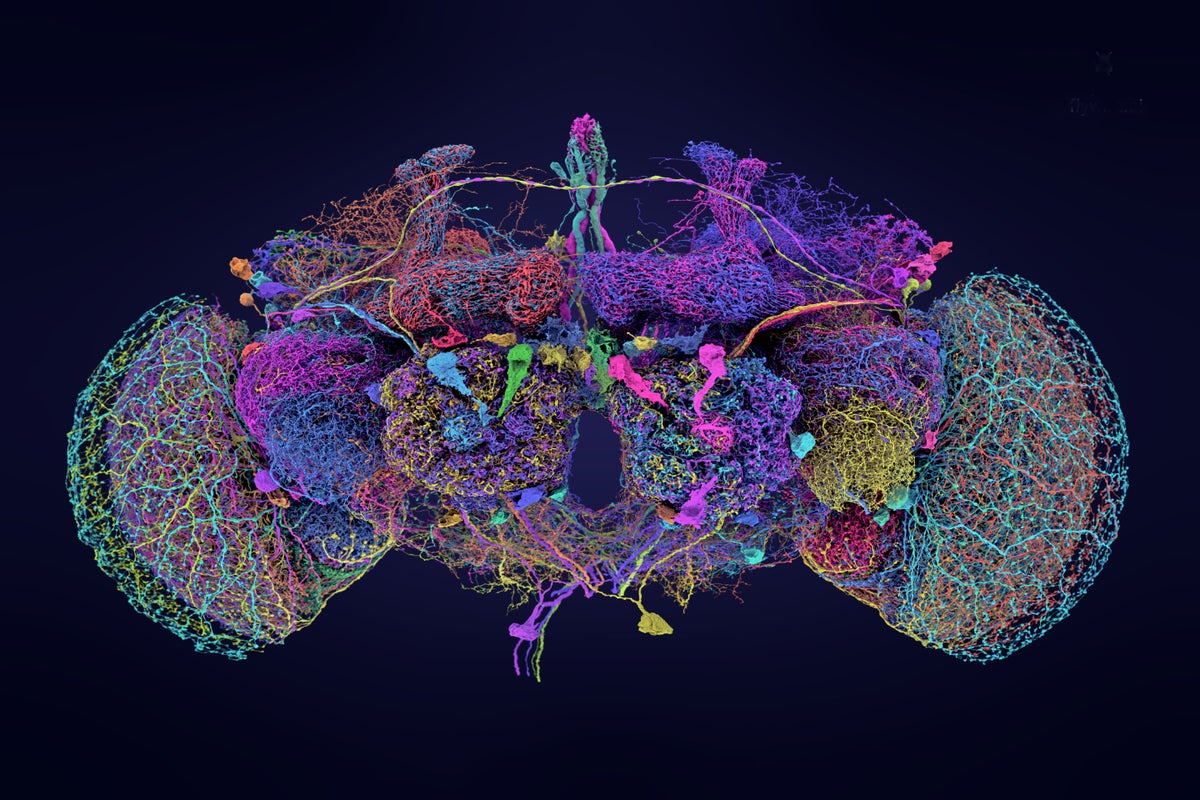Being a woman is beautifully dynamic, with each phase of your cycle bringing unique changes. These hormonal shifts mean you’re never in the same state twice in a month, highlighting the importance of aligning our habits with our cycles. By making (and enjoying!) cycle syncing recipes, you can align your nutrition with these natural fluctuations, promoting optimal well-being.
Cycle syncing recipes are based on the idea that our hormones are constantly changing. By tracking your cycle, you can tune into these shifts and adjust your diet accordingly. This approach helps you create meals that support your body’s needs throughout the month, leading to better balance and overall health.
Want to dive deeper into cycle syncing? Ahead, we’ll explore how to track your cycle and share tips on crafting cycle syncing recipes that keep you feeling your best during every phase.
Featured image from our interview with Jules Acree by Michelle Nash.


Lauren Zielinski, MSN, CNM
Lauren Zielinski is a certified nurse-midwife with over 11 years of experience in women’s health and birth. She studied medicine at The University of Colorado-Denver with a focus on community health and birth center work.
Before Diving In
In current medicine, women’s health and hormones are consistently moving targets. What we know changes often, and many aspects of women’s health still lack substantial scientific research. However, the practice of cycle syncing feels innate and promotes the practice of tuning into your body.
All women can benefit from understanding our bodies better. In this article, we’re focusing primarily on what to eat throughout each phase of your cycle. However, it’s important to also pay attention to how you move your body and support your skin. For deeper dives into both topics, read more about cycle syncing workouts and cycle syncing for skin.
Editor’s note: This article is not meant to be used in place of medical care. Please consult your medical provider before beginning any treatment.

Cycle Syncing: What to Know
By now, you’ve probably heard of cycle or period tracking apps. I recommend CLUE, but almost any will do. You just need to know what your cycle looks like over a month.
Compare your cycle to the information below and start to figure out where and when you are in which phase. The most accurate results will come once you have three to four months of data.
Save our Cycle Syncing Guide below and support yourself with everything you need to know to feel your best throughout every phase of your cycle!
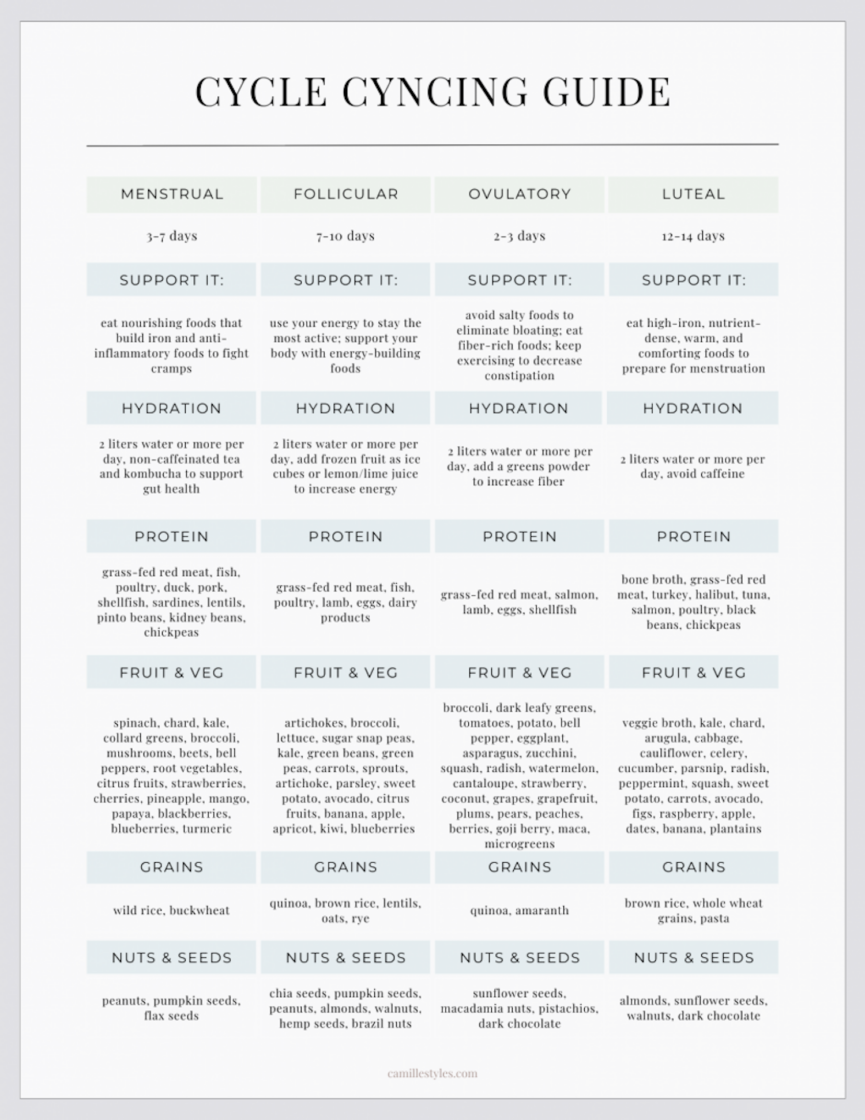
The Menstrual Phase (Day 1-5)
The lining of the uterus is shedding during the menstrual phase. Hormones are at an all-time low at the beginning of your cycle and begin to increase to more stable levels at the end of your period. You are losing blood and iron and prostaglandins (which cause cramping) are peaking. You typically feel more inward, slow, and restful.
What to Eat
Focus on nourishing foods that build iron, assist in iron absorption, and are anti-inflammatory to fight cramps. Drink the most water compared to the rest of your month here as you are losing hydration when you’re bleeding.
Hydration: Two liters-plus of water a day and lots of hydration through non-caffeinated teas. Add kombucha to help with your gut which can go haywire during menstruation.
Protein: Grass-fed red meat, fish, poultry, duck, pork, shellfish, sardines, lentils, pinto beans, kidney beans, chickpeas.
Fruit and Veggies: Spinach, chard, kale, collard greens, broccoli, mushrooms, beets, bell peppers, root vegetables, citrus fruits, strawberries, cherries, pineapple, mango, papaya, blackberries, blueberries, turmeric.
Grains: Wild rice, buckwheat.
Nuts and Seeds: Peanuts, pumpkin seeds, flax seeds.

Menstrual Phase Recipes
Movement Tips
Explore low-impact workouts like walking, yoga, or pilates. If you’re wanting more intense workouts, strength training and HIIT are recommended.

The Follicular Phase (Day 6-13)
During the follicular phase, your body prepares an egg to be released. Estrogen and testosterone are peaking. You typically feel the most confident and full of energy as well as think and move quickly here.
What to Eat
Support your body with energy-building foods. Foods that pack plenty of vitamins and nutrients are the best here. Drink plenty of water to keep up with your lifestyle.
Hydration: At least two liters per day. Add frozen fruit or lemon or lime juice to your water to increase energy and give you an extra boost.
Protein: Grass-fed red meat, fish, poultry, lamb, eggs, dairy products.
Fruit and Veggies: Artichokes, broccoli, lettuce, sugar snap peas, kale, green beans, green peas, carrots, sprouts, artichoke, parsley, sweet potato, avocado, citrus fruits, banana, apple, apricot, kiwi, blueberries.
Grains: Quinoa, brown rice, lentils, oats, rye.
Nuts and Seeds: Chia seeds, pumpkin seeds, peanuts, almonds, walnuts, hemp seeds, Brazil nuts.
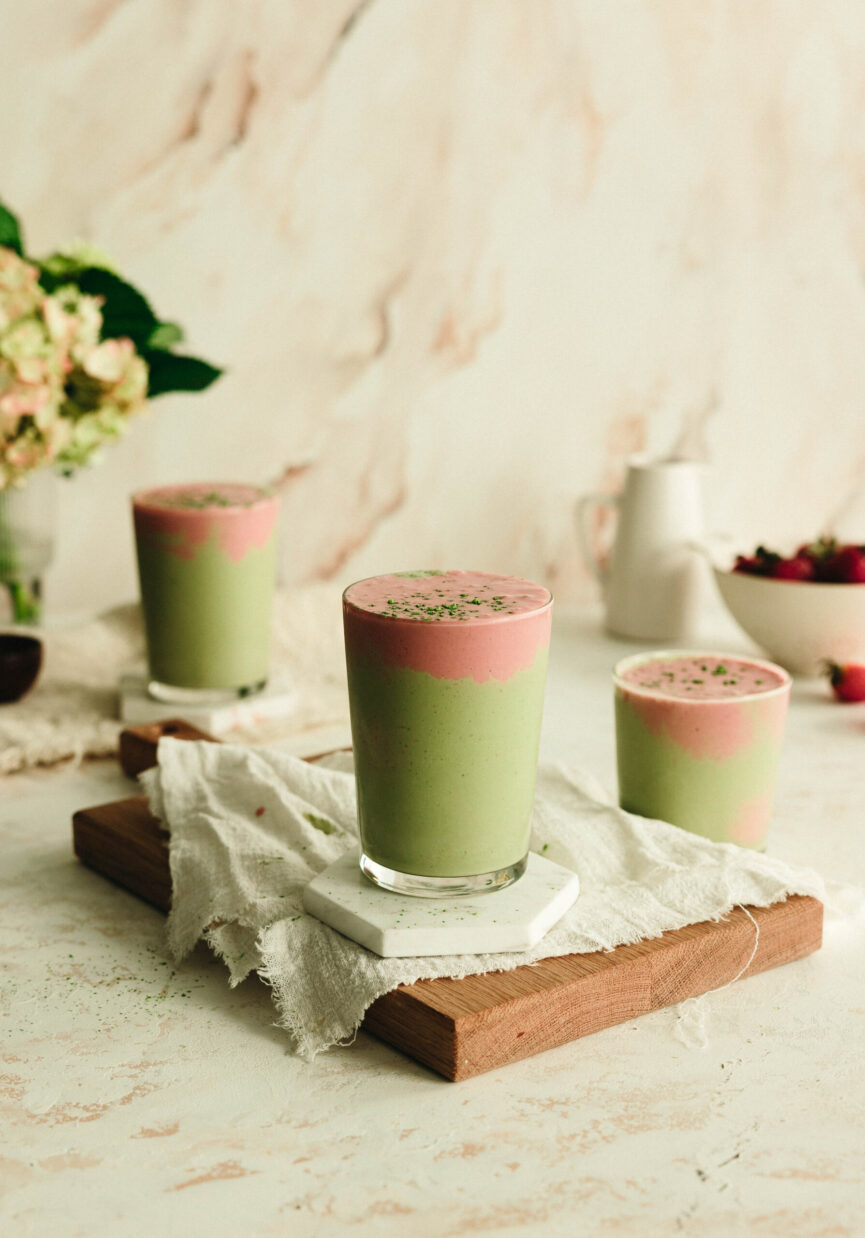
Follicular Phase Recipes
Movement Tips
Use your increased energy to work out your hardest and stay the most active. All types of movement are encouraged. If building muscle is your goal, focus on weight training and HIIT.
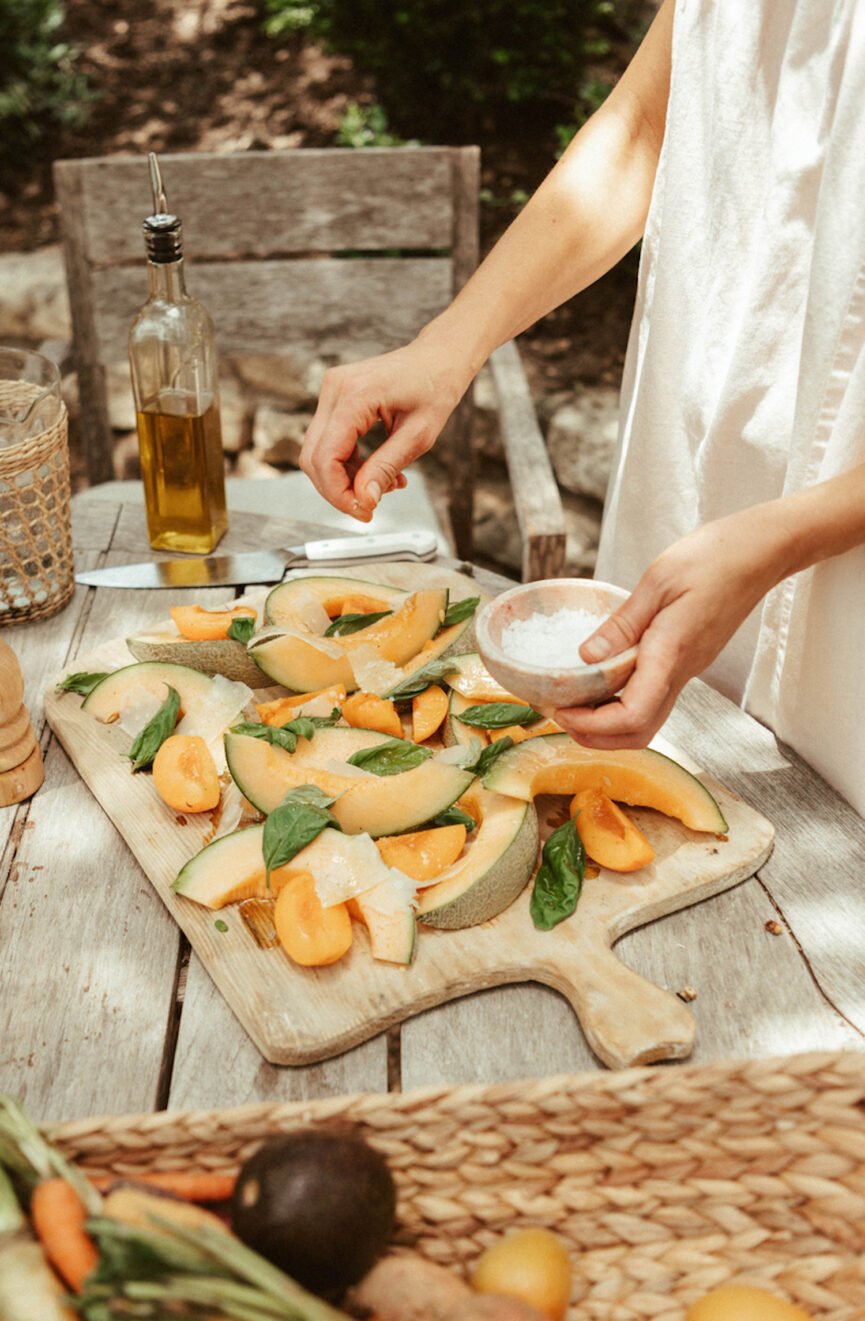
The Ovulatory Phase (Day 14)
During this phase, your body releases an egg into your fallopian tubes for fertilization. This phase begins with high levels of estrogen and testosterone giving you lots of flirty, outgoing, and social feelings. Directly after ovulation, progesterone is on the rise which causes you to feel a bit more sluggish, introverted, snuggly, and protective than normal. Water weight is easy to put on and constipation, cramps, or nausea is not uncommon with ovulation.
Listen to your body and track your cycle. When you know ovulation is coming, go out, have fun, and take advantage of these positive extroverted feelings. After ovulation, if you begin to feel less energetic, stay home, rest, and cozy up.
What to Eat
Avoid salty foods to eliminate bloating, boost your intake of fiber-rich foods, and prioritize hydration. Eating foods with high water content can help.
Hydration: Drink at least two liters per day, adding a greens powder to your water to increase fiber.
Protein: Grass-fed red meat, salmon, lamb, eggs, shellfish.
Fruit and Veggies: Broccoli, dark leafy greens, tomatoes, potato, bell pepper, eggplant, asparagus, zucchini, squash, radish, watermelon, cantaloupe, strawberry, coconut, grapes, grapefruit, plums, pears, peaches, berries, goji berry, maca, micro-greens.
Grains: Quinoa, amaranth.
Nuts and Seeds: Sunflower seeds, macadamia nuts, pistachios, dark chocolate.
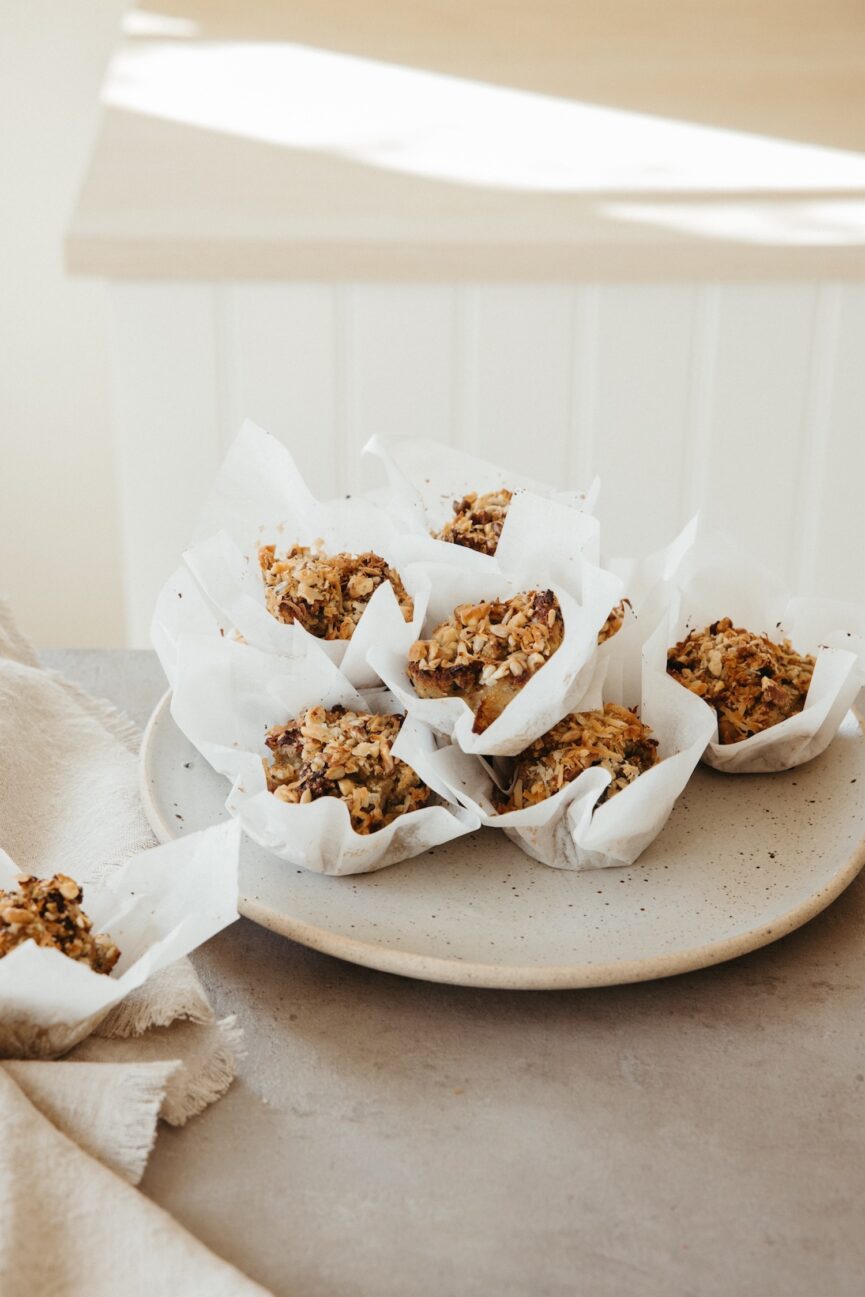
Ovulatory Phase Recipes
Movement Tips
Take advantage of the dichotomy of this phase by doing things to boost the energy you have in preparation for lower energy levels and to stave off constipation, bloating, and low energy. Running, spinning, weight-lifting, and high-impact exercises are all great ways to move during this phase. Note that prioritizing movement can help decrease constipation.

The Luteal Phase (Day 15-28)
In the case of a pregnancy, the luteal phase is when the egg is fertilized and prepares for attachment to the uterus. If a pregnancy is absent, the egg disintegrates and your body prepares to cycle again.
For the first four to seven days, you typically experience stable energy and mood that will slowly decline over the rest of the two weeks. If pregnancy doesn’t occur during this phase, your hormones take a big drop, often leading toward the most challenging feelings of the month. Think PMS symptoms. As estrogen drops, serotonin follows, causing you to feel a little bluer. With high levels of progesterone, you may experience cravings for fatty, high-carb foods and an increased appetite in general.
What to Eat
Again, listen to your body here. Enjoy the time you have in this phase before the hormonal swing hits. Give your body what it needs by indulging a little more than you normally would. Your body has these cravings for a reason—you’re preparing for menstruation. High iron, ultra-nourishing, and nutrient-dense foods are good. Warm, soft, and comforting foods are key.
Hydration: Drink two liters of water per day. Avoid caffeine and dehydrating yourself as this will make you feel worse.
Protein: Bone broth, grass-fed red meat, turkey, halibut, salmon, tuna, poultry, black beans, chickpeas.
Fruit and Veggies: Veggie broth, kale, chard, arugula, cabbage, cauliflower, celery, cucumber, parsnip, radish, peppermint, squash, sweet potato, carrots, avocado, figs, raspberry, apple, dates, banana, plantains.
Grains: Brown rice, whole wheat grains, pasta.
Nuts and Seeds: Almonds, sunflower seeds, walnuts, dark chocolate.
Luteal Phase Recipes
Movement Tips
Different types of movement align best with the early and late periods of the luteal phase. During the former, prioritize moderate intensity, cardio (kickboxing, running, and spinning), and longer workouts due to increased endurance during this phase. Continue to exercise during the late luteal phase, but as your energy levels decline shift to lower-impact movement like yoga and walking.
Final Thoughts on Cycle Syncing
Don’t forget: this advice is only meant as a guide. Adding these tips and foods can be helpful, but allow for flexibility and self-compassion in your life. Give yourself grace and kindness, and remember—tuning in and emphasizing self-love is the ultimate goal of cycle syncing.





















































